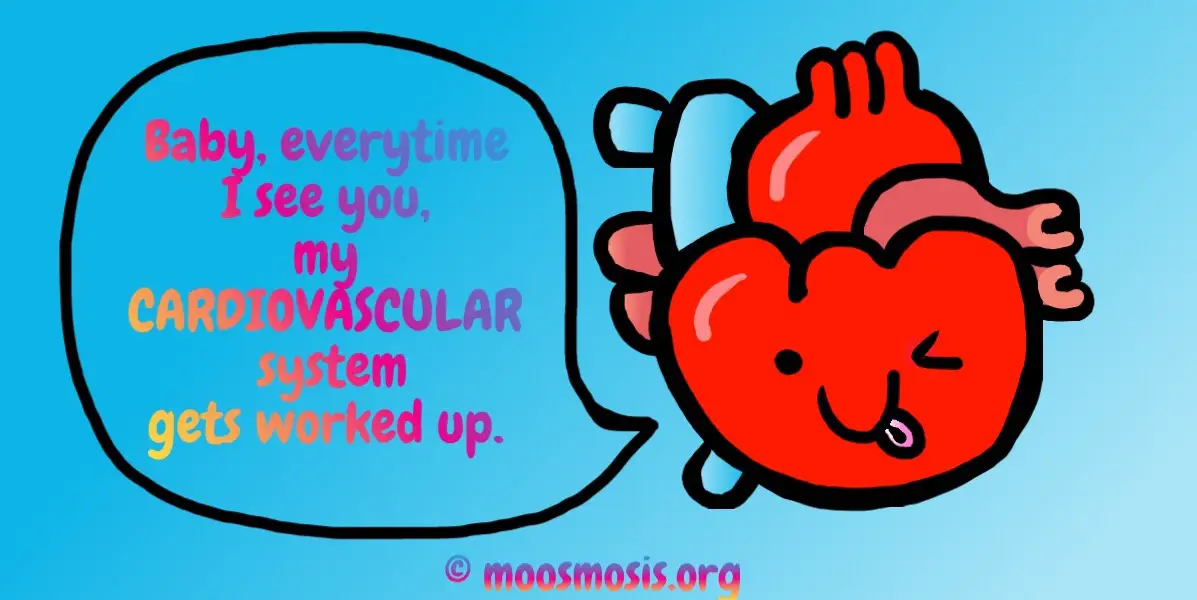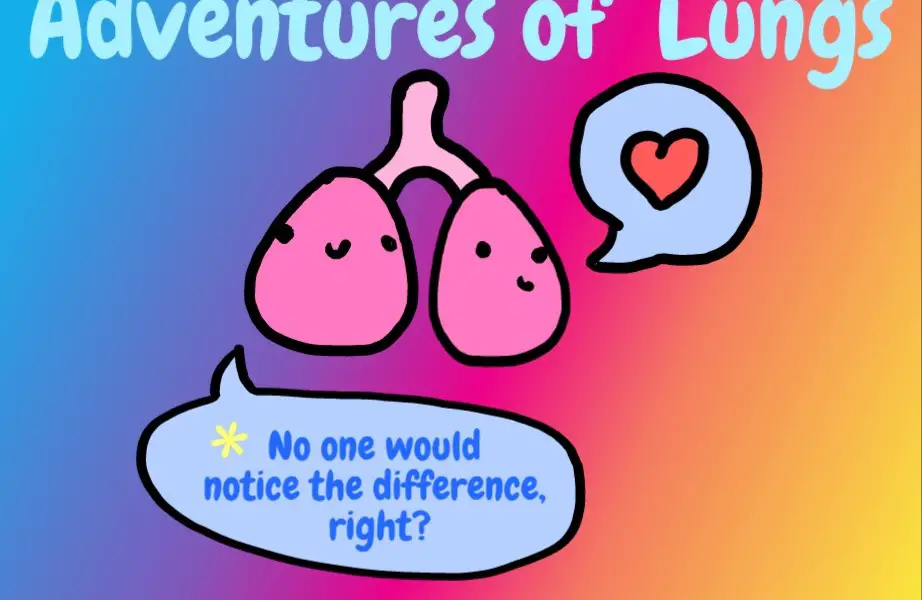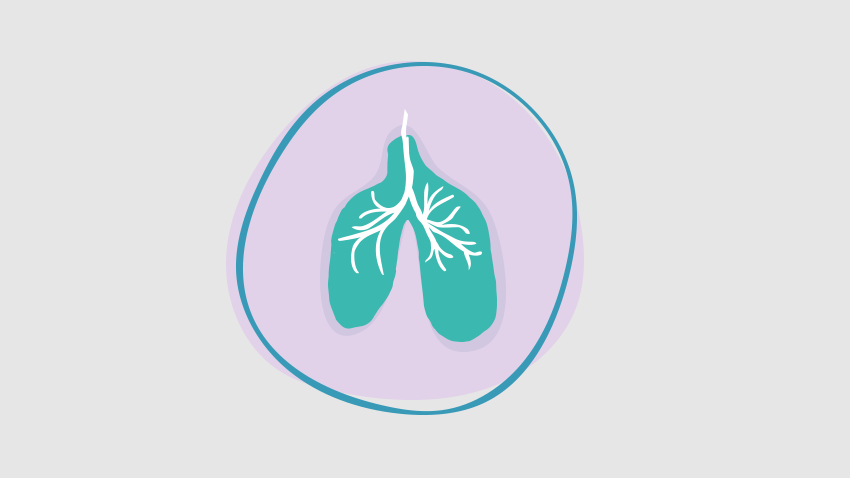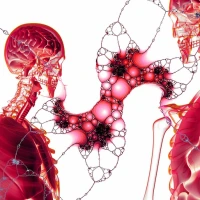Cardiac Arrhythmias: Definition, Types, Symptoms, and Prevention
The heart’s function is to consistently move the blood in the body for the blood to spread nutrients to other body parts or to be replenished with oxygen and nutrients from other respective organs. The heartbeat is a way to understand the pace at which the blood is moving and how quick the heart is pumping itself. A heartbeat changes based on its environment. Running and high-intensity movement causes the heart to increase its number of beats whereas resting may lead to a lower heartbeat for the low amount activity that does not require as much oxygen. Depending on the difficulty and intensity of each activity, the heart accommodates via changing its pace to fit the body’s needs. In certain cases, however, a cardiac arrhythmia occurs and can lead to different cardiac issues that may or may not be harmless. Cardiac arrhythmia has affected millions of people in a multitude of forms. This article explains the basics of this condition such as heart block and bradycardia. The article is solely for educational purposes and not to diagnosis. What is a Cardiac Arrhythmia?



































